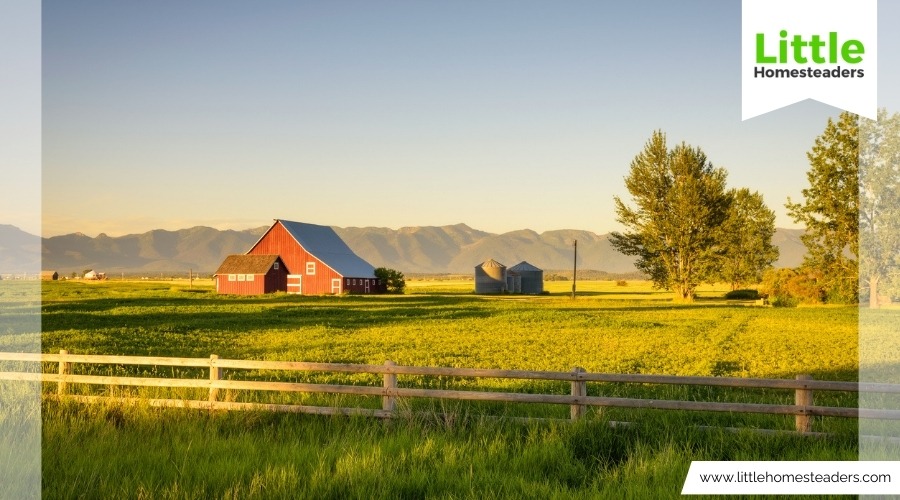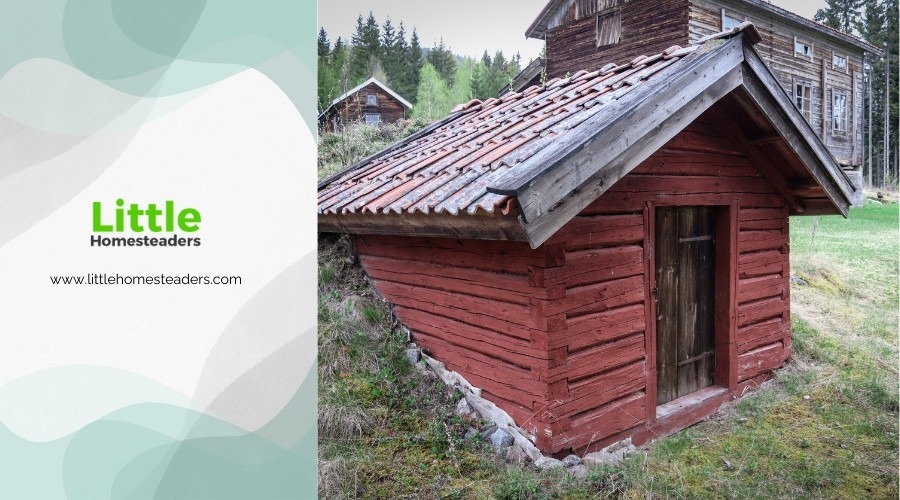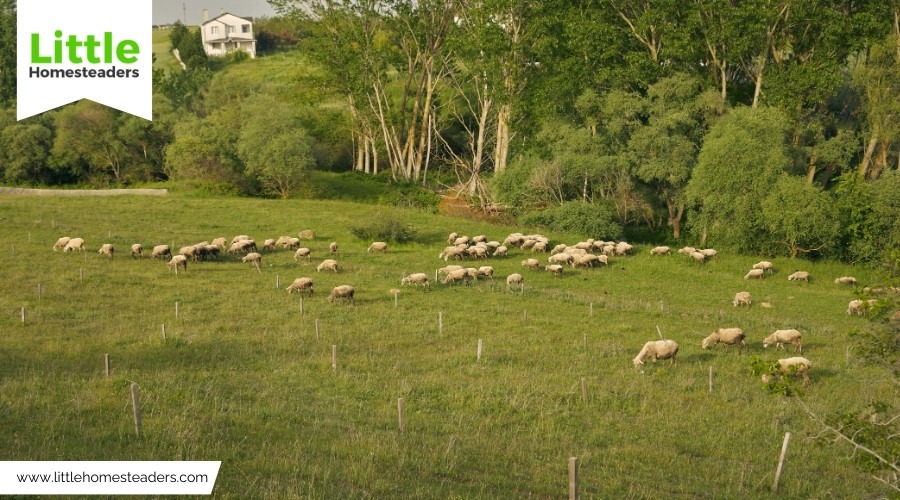What You Need to Know About Homesteading in Alaska
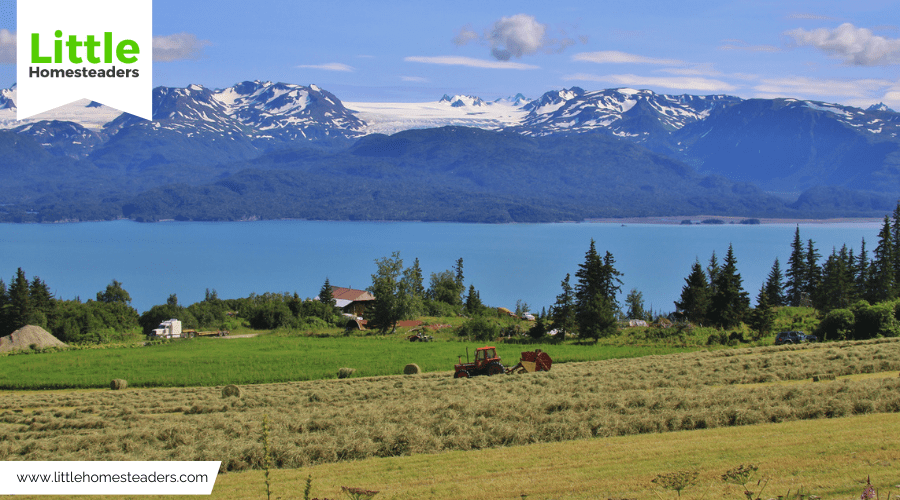
Homesteading in Alaska isn’t just a lifestyle; it’s an adventure. Living off the land in the Last Frontier comes with its fair share of challenges, but for those willing to take the leap, it can be deeply rewarding. If you’re drawn to Alaska’s rugged beauty, self-sufficiency, and simpler living, there’s plenty to prepare for before you start.
This guide covers the history, challenges, and practical steps to help you thrive as a homesteader in Alaska.
A Brief History of Homesteading in Alaska
Homesteading in Alaska started later than in most of the U.S. The Homestead Act of 1862, which offered free land to settlers, initially didn’t include Alaska. It wasn’t until 1898 that this opportunity was extended to the northern territory. Even then, the extreme weather, lack of infrastructure, and remote location discouraged most settlers.
By World War I, fewer than 200 claims had been filed in Alaska. Things changed after World War II and the Vietnam War when many veterans sought new opportunities in Alaska. This influx of settlers reshaped the region and added to its homesteading history.
Traditional homesteading ended in 1986, but modern pioneers still carry on the spirit. Today, people adapt old practices to Alaska’s unique conditions, blending self-reliance with modern resources.
The Climate: Challenges and Adaptations
Alaska’s climate is one of the biggest factors to consider. The short growing season, cold winters, and dramatic daylight shifts require careful planning.
Short Growing Season
Alaska’s growing season lasts about 105 days, from late May to early September. While this may seem short, the long summer days—with up to 20 hours of sunlight—help plants grow quickly. Focus on cool-weather crops like cabbage, broccoli, carrots, and radishes, which thrive in these conditions.
Many homesteaders experiment with succession planting, where new crops are sown every few weeks to ensure a continuous harvest throughout the growing season. You can also use floating row covers to protect plants from unexpected frost and extend their growing period.
Cold Winters
Winter temperatures can drop to -30°F or lower, so preparing for the cold is essential. Many homesteaders rely on wood-burning stoves for heat and stockpile firewood during summer to ensure they stay warm.
To stay comfortable, some modern homesteaders use energy-efficient insulation and thermal curtains. Others rely on backup heating systems powered by propane or generators to keep temperatures steady during severe weather.
Wildlife Concerns
In Alaska, you’ll share your space with wildlife like bears and moose. Strong fencing is a must to protect crops and animals. Proper waste management also helps keep bears away from your property.
Building electric fences around key areas, like gardens and livestock pens, can be an effective deterrent. Bear-proof storage containers for food and animal feed are also vital for minimizing risks.
Light Extremes
Winter days can be as short as four hours, while summer days are nearly endless. These shifts affect daily routines and require planning. For example, grow lights can extend your indoor growing season, while blackout curtains can make summer nights more manageable.
To combat seasonal affective disorder (SAD) during the long, dark winters, consider using light therapy lamps and maintaining a consistent routine. Many homesteaders also find that regular outdoor activities, even in cold weather, help lift their spirits.
Growing Crops in Alaska
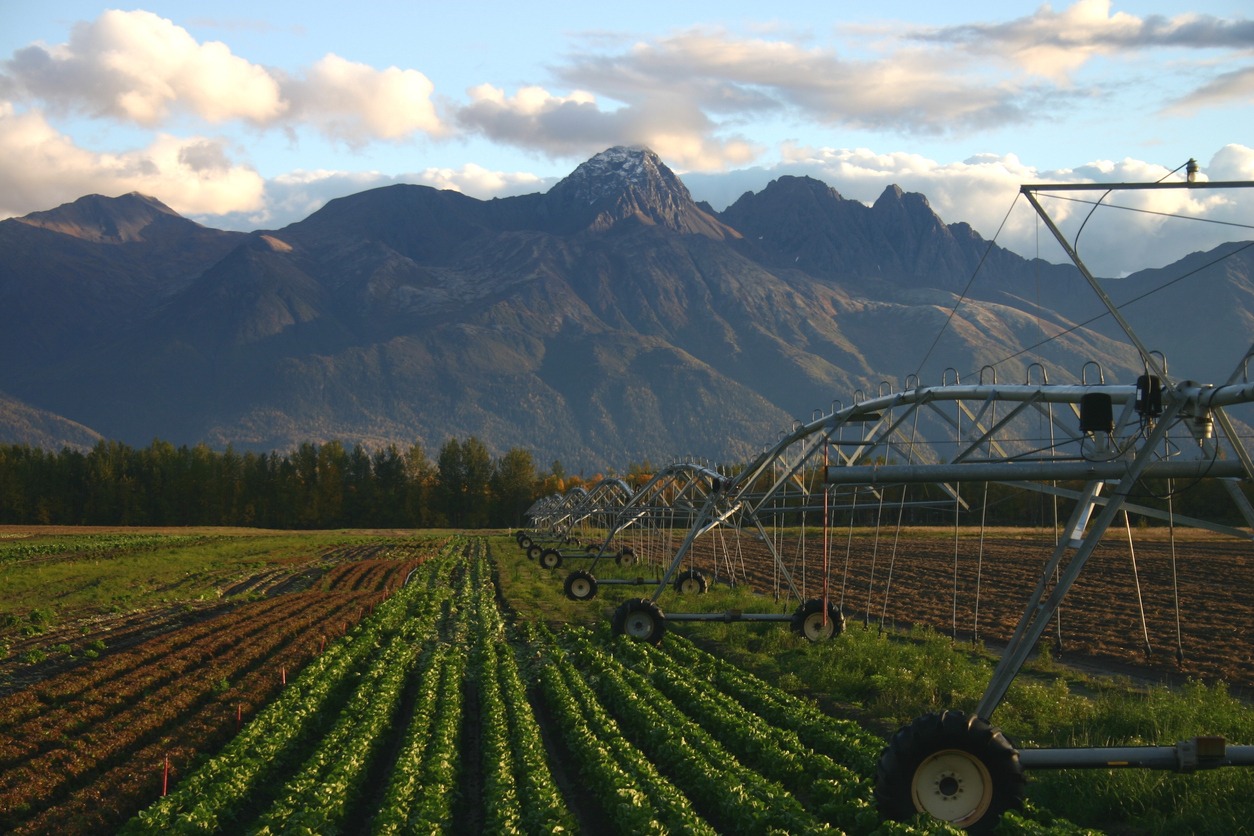
Growing food in Alaska requires creativity and good planning. The short growing season and harsh conditions mean choosing the right crops and techniques is critical.
Best Crops
Cool-weather vegetables like lettuce, spinach, beets, and cauliflower grow well here. These crops can handle cooler temperatures and thrive in the long daylight hours of summer.
For root crops like potatoes and carrots, consider using deep, well-drained soil to maximize yields. Alaska’s acidic soil can be amended with lime to create better growing conditions for a wider variety of plants.
Greenhouses
For crops like tomatoes or cucumbers that need warmth, a greenhouse is essential. A greenhouse helps protect plants from frost and extends the growing season. Make sure to choose sturdy materials and consider a heating system for year-round use.
You can build cost-effective hoop houses or invest in high-tunnel greenhouses for greater durability. Adding thermal mass, like barrels of water, can help regulate the temperature inside the greenhouse.
Tips for New Growers
- Start seeds indoors to give plants a head start.
- Use raised beds to improve drainage and soil warmth.
- Set up drip irrigation to conserve water and keep plants hydrated.
For beginners, joining a local gardening group or cooperative extension program can provide valuable advice and support.
Raising Livestock in Alaska
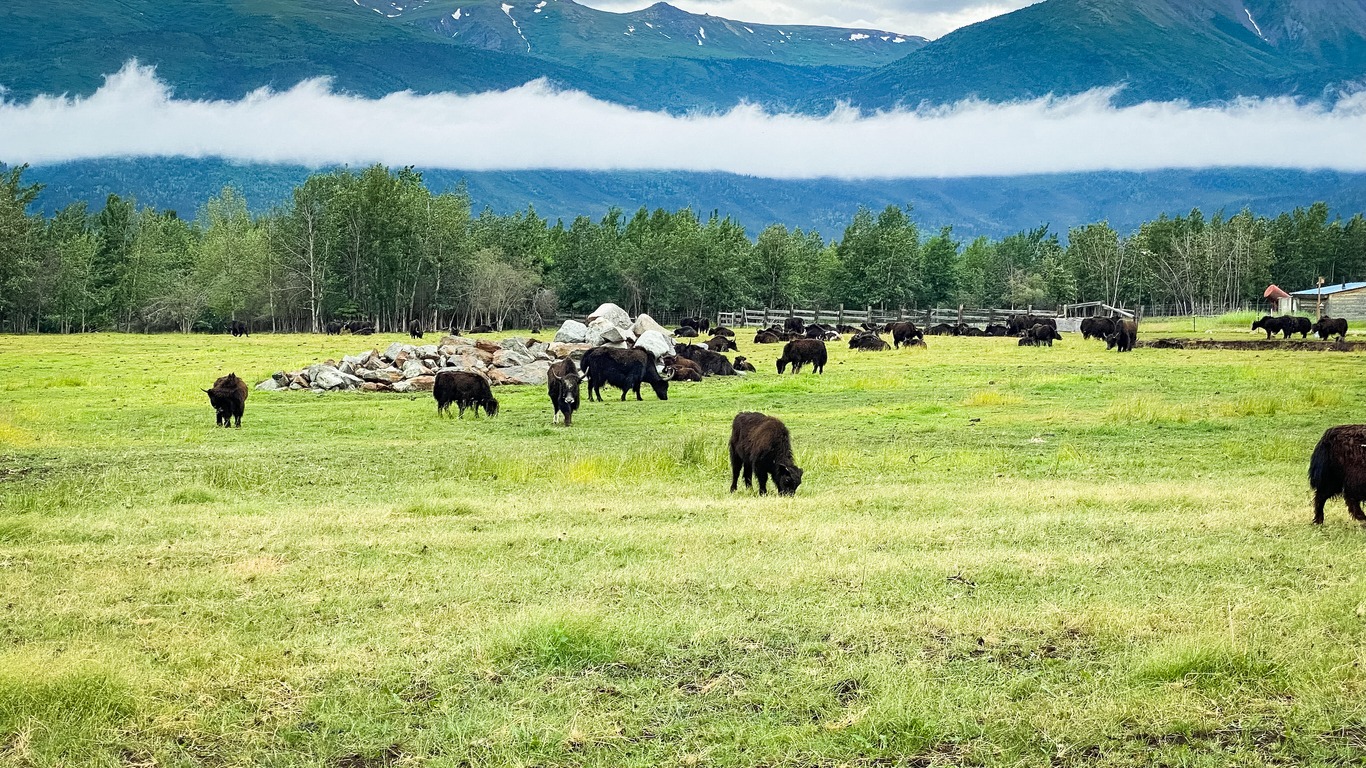
Raising animals on an Alaskan homestead takes preparation, especially in extreme weather.
Shelter and Fencing
Animals need strong, insulated shelters to protect them from freezing temperatures and predators. Secure fencing keeps livestock in and wildlife out.
For example, insulated barns or sheds with proper ventilation help maintain a healthy environment for animals during harsh winters. Heated waterers prevent water sources from freezing, ensuring animals stay hydrated.
Feed and Water
Stock up on feed to last through winter when grazing isn’t an option. Make sure water sources don’t freeze by using heated tanks or insulated containers.
Many homesteaders grow their own hay or silage during summer to reduce feed costs. Properly storing these supplies in weatherproof areas is key to avoiding spoilage.
Know the Rules
Selling animal products, like eggs or meat, usually requires permits. These rules help protect consumers and ensure safe handling practices. Research what permits you’ll need before you start.
Understanding the nutritional needs of livestock is also essential. Consulting with a veterinarian familiar with Alaska’s climate can ensure your animals stay healthy year-round.
Producing and Selling Food
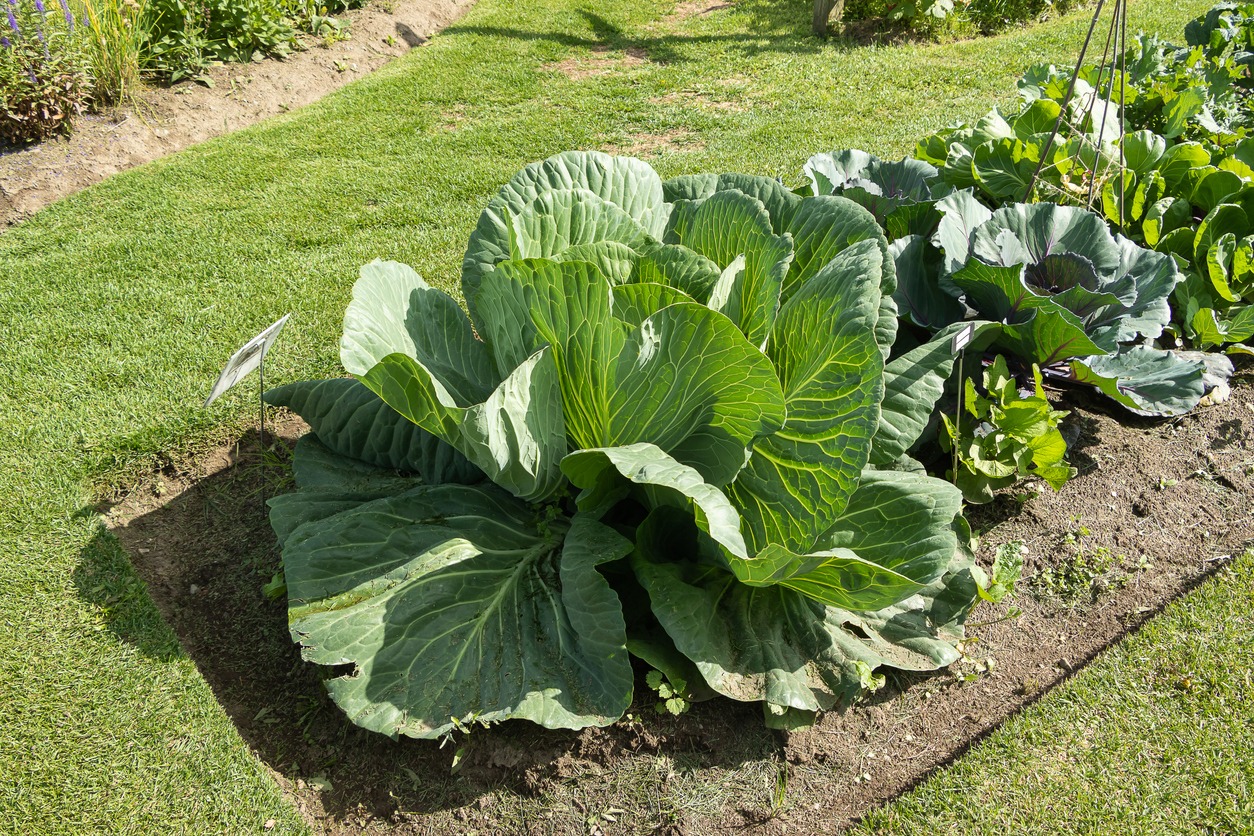
Food production is key to self-sufficiency, and in Alaska, it can also be a source of income.
Selling Produce
You don’t need permits to sell fresh fruits and vegetables, but processed foods like jams or baked goods often require them. Check local regulations to make sure you comply.
Adding value to your produce through packaging or organic certification can help attract more buyers. Sharing your story as an Alaskan homesteader can also create a connection with customers.
Marketing Tips
Farmers’ markets and local co-ops are great places to sell your products. Highlighting that your food is locally grown in Alaska can attract buyers looking for fresh, unique options.
Consider using social media to promote your homestead products. Platforms like Instagram or Facebook allow you to showcase your produce and connect directly with potential customers.
Building a Self-Sufficient Life
Homesteading in Alaska is about more than surviving; it’s about creating a fulfilling life in a wild, beautiful place.
Essential Skills
Fishing, hunting, and gathering are part of life for many Alaskan homesteaders. Learning how to catch salmon, hunt moose, or forage for berries can supplement your food supply and reduce costs.
Preserving your harvest through canning, freezing, or drying ensures you have food year-round. Mastering these skills can make a big difference during the long winter months.
Community Connections
Isolation is part of the homesteading experience, but connecting with nearby homesteaders or local groups can provide support and valuable knowledge. Sharing resources or tips can make the lifestyle more manageable.
Joining online forums or attending local meetups can also help you find a sense of community, even in remote areas.
Staying Resilient
Life in Alaska can be tough, and there will be challenges. Staying positive, celebrating small wins, and keeping a sense of purpose will help you push through difficult times.
Creating a balance between work and leisure, like enjoying outdoor hobbies or exploring Alaska’s natural beauty, can also improve your quality of life.
Conclusion
Homesteading in Alaska isn’t for the faint of heart, but for those willing to put in the work, it offers unmatched rewards. From growing your own food to managing livestock and building a self-sufficient life, every challenge comes with a sense of accomplishment.
If you’re ready to embrace the adventure, start planning now. The Last Frontier is waiting for you.

